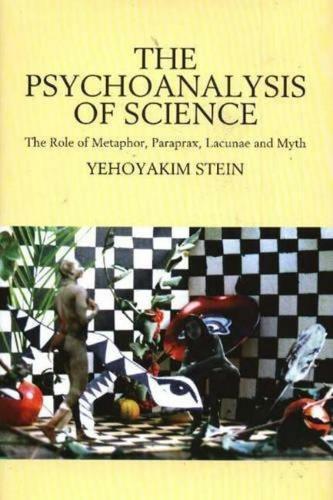Overview
By systematically deconstructing and analysing scientific texts for irrational unconscious motivations, new scientific associations can be produced. Four categories are suggested as guidelines for the analysis of science: metaphors, scientific parapraxes, lacunae, and scientific myths. The most important are the conceptual lacunae, for they constitute an integral part of the scientific construction. Three types of lacunae are discussed, each deriving from a different hidden motive: (1) The blurring of a scientific problem in order to preserve the intactness of a theory (the post-traumatic dream); (2) The epistemological double split which reflects the discrepancy between what we wish to see and what we actually see; and (3) The difficulty of dealing with phenomena that evoke deep, primary fears (phantasies about the inside of the body). Examples from various disciplines are discussed in order to show that unconscious elements in science are a universal phenomenon. The function of scientific myths is explained. And the hypothesis is tested on psychoanalysis itself, in this way providing a full explanation of how and why blind spots block scientific creativity.
Full Product Details
Author: Yehoyakim Stein
Publisher: Liverpool University Press
Imprint: Liverpool University Press
Dimensions:
Width: 22.90cm
, Height: 1.80cm
, Length: 15.20cm
Weight: 0.440kg
ISBN: 9781845190705
ISBN 10: 184519070
Pages: 190
Publication Date: 01 May 2005
Audience:
Professional and scholarly
,
Professional & Vocational
Format: Hardback
Publisher's Status: Active
Availability: Out of stock

The supplier is temporarily out of stock of this item. It will be ordered for you on backorder and shipped when it becomes available.
Reviews
Stein's book, in the stream of a tradition that is almost lost today, i.e. that of Gaston Bachelard, Louis Althusser and very few others, confronts an extremely interesting challenge: that of analyzing the impact of Freudian unconscious on the scientific creativity processes and on the scientific discourse. The result is a very original and coherent proposal. -- Jorge Canestri, Professor of Psychology at the University of Rome.
Stein's book, in the stream of a tradition that is almost lost today, i.e. that of Gaston Bachelard, Louis Althusser and very few others, confronts an extremely interesting challenge: that of analyzing the impact of Freudian unconscious on the scientific creativity processes and on the scientific discourse. The result is a very original and coherent proposal. -- Jorge Canestri, Professor of Psychology at the University of Rome.
Author Information
Yehoyakim Stein is a practising psychiatrist/psycho-analyst and a teaching analyst and research fellow of the Freud Center, The Hebrew University, Jerusalem. He is the author of ""Some Reflections on the Inner Space of the Body"", in Psychoanalytic Studies of the Child (Yale University Press); and most recently, The Flutist From Vienna: On Personal Responsibility (Keter Press, Jerusalem).



